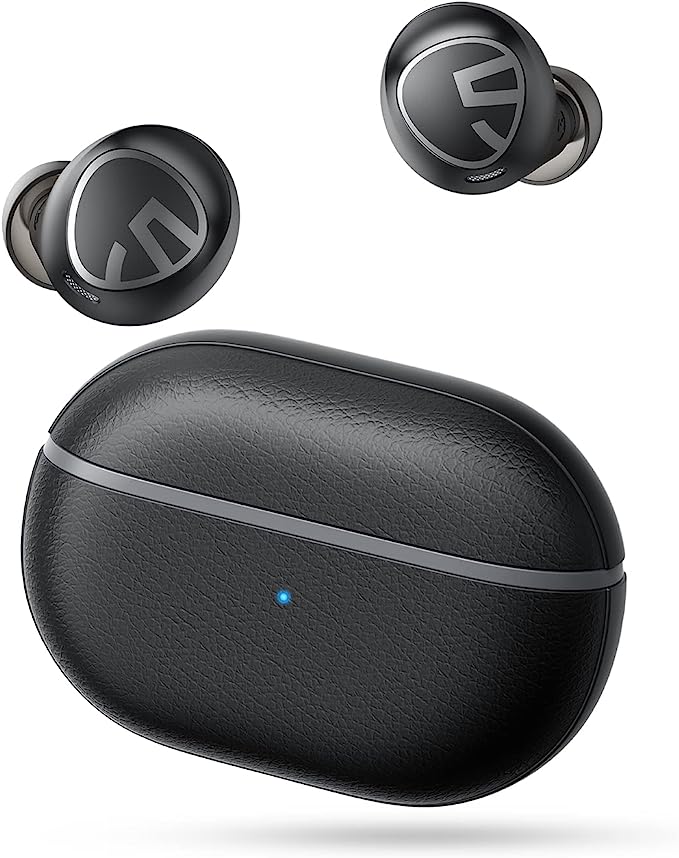Why Is My BCD Tilting? A Guide to Scuba Trim and Buoyancy Problems
Update on Oct. 23, 2025, 1:07 p.m.
There is no feeling quite like it in diving. You’re trying to hover, weightless, over a reef, but you keep fighting a persistent, annoying tilt. You feel your left side drop. You kick a fin to compensate, which throws off your breathing. You add a puff of air to your BCD, and the tilt gets worse.
It’s frustrating, and for new divers, it can be terrifying. A quick search on diving forums reveals a diver who, after spending over $1,300 on a premium BCD (a Scubapro Hydros Pro), experienced this exact problem. They described “couldn’t maintain a horizontal position,” “body was always tilted to the left,” and hearing a “gurgle in the air bladders” as the problem worsened.
If this sounds like you, the good news is that you’re not faulty, and your gear likely isn’t either. You are experiencing a classic conflict between weighting, gear design, and body mechanics. Let’s break down the culprits.

Culprit #1: Asymmetrical Weighting (It’s Not Just Your Lead)
When divers talk about “weighting,” they usually mean the lead blocks in their pockets. They diligently put 5 pounds in the left pocket and 5 pounds in the right. The problem is, your lead is only part of the equation.
To achieve perfect balance, you must consider everything you carry. * Regulator Set: Your primary second stage, octopus (backup regulator), and console/gauges all have weight. Most divers route their octopus on the right and their console on the left. Do these balance? * Dive Light: Do you carry a canister light on your hip or a handheld light on your wrist? * Tools: Where do you keep your dive knife or reel? * The Tank: Even the tank valve can be slightly off-center, and the first stage attached to it has its own weight bias.
The Fix: Before you blame your BCD, lay out all your gear exactly as you wear it. Pick it up by the BCD’s center handle. Does it clearly tip to one side? If it tips left, you need to shift one pound of lead from your left pocket to your right pocket to compensate. You may need to dive with an uneven amount of lead (e.g., 6 lbs on the right, 4 lbs on the left) to achieve a balanced system.
Culprit #2: Air Trapping and BCD Bladder Design
This is the most likely culprit, especially for divers new to certain BCD styles. Your BCD is an air bladder, and air always wants to go to the highest point. How that air moves depends entirely on your BCD type.
- Jacket-Style BCDs: These are common in rental fleets. The bladder wraps around your sides and back, like a “hug.” When you are horizontal, the air spreads out relatively evenly across this large, U-shaped area. It’s a very stable, “beginner-friendly” design.
- Back-Inflate BCDs: These BCDs, which include most “wing” styles and high-end models like the Hydros Pro, concentrate the entire air bladder on your back.
This back-inflate design is fantastic for horizontal trim (it lifts your back, dropping your feet), but it has one critical quirk: the air is in a “donut” or “taco” shape behind you.
Imagine you are perfectly horizontal and your body tilts just 2 degrees to the left. All the air in that bladder will rush—or “gurgle,” as the reviewer noted—to the highest point, which is now your left shoulder blade. This new bubble of buoyancy on your left side instantly makes the tilt worse, pushing you further to the left.
The Jacket BCD fights this; the Back-Inflate BCD magnifies it.
The Fix: A 3-Step Diagnostic Pool Session
You cannot fix this on a real dive. You must go to a pool with a buddy and systematically diagnose the problem.
- Gear and Weighting: Get in the water with all your gear on. Float motionless and see which way you tip with no air in your BCD. If you tilt left, you have a weighting problem. Get out and move weight (as described in Culprit #1) until you float balanced.
- Add Air (The Test): Now, get horizontal in the shallow end, just off the bottom. Add small puffs of air to your BCD, just enough to get neutral. Do you start to tilt? If you only tilt after adding air, your problem is air-trapping, not weighting.
- Practice Venting: This is the key. When you feel the tilt starting, you must vent air from the highest point. If you are tilting left, your right side dump valve is now the lowest point and will only vent water. You must either:
- Physically roll your body to the right (making the left-side dump valve the highest point) and vent.
- Use the inflator hose pull-dump. To do this, you must hold the hose straight up to the highest point and pull.
The user who experienced the tilt on their new back-inflate BCD was likely fighting a small weight imbalance that was being magnified by the back-inflate bladder. Every time they tried to correct, the air shifted, and the problem got worse.

Conclusion: Mastering Your Gear, Not Just Owning It
A high-performance BCD doesn’t do the work for you; it simply responds more accurately to your commands. Switching from a “cushy” jacket BCD to a precise back-inflate BCD is like switching from a family sedan to a sports car. It’s more responsive and capable, but it will also punish poor technique.
That “gurgle” and tilt aren’t a sign of a broken BCD. They are the BCD “talking” to you, telling you that air is in the wrong place. Your job isn’t to fight it—it’s to learn how to control your trim, adjust your weighting, and vent air with precision.


















